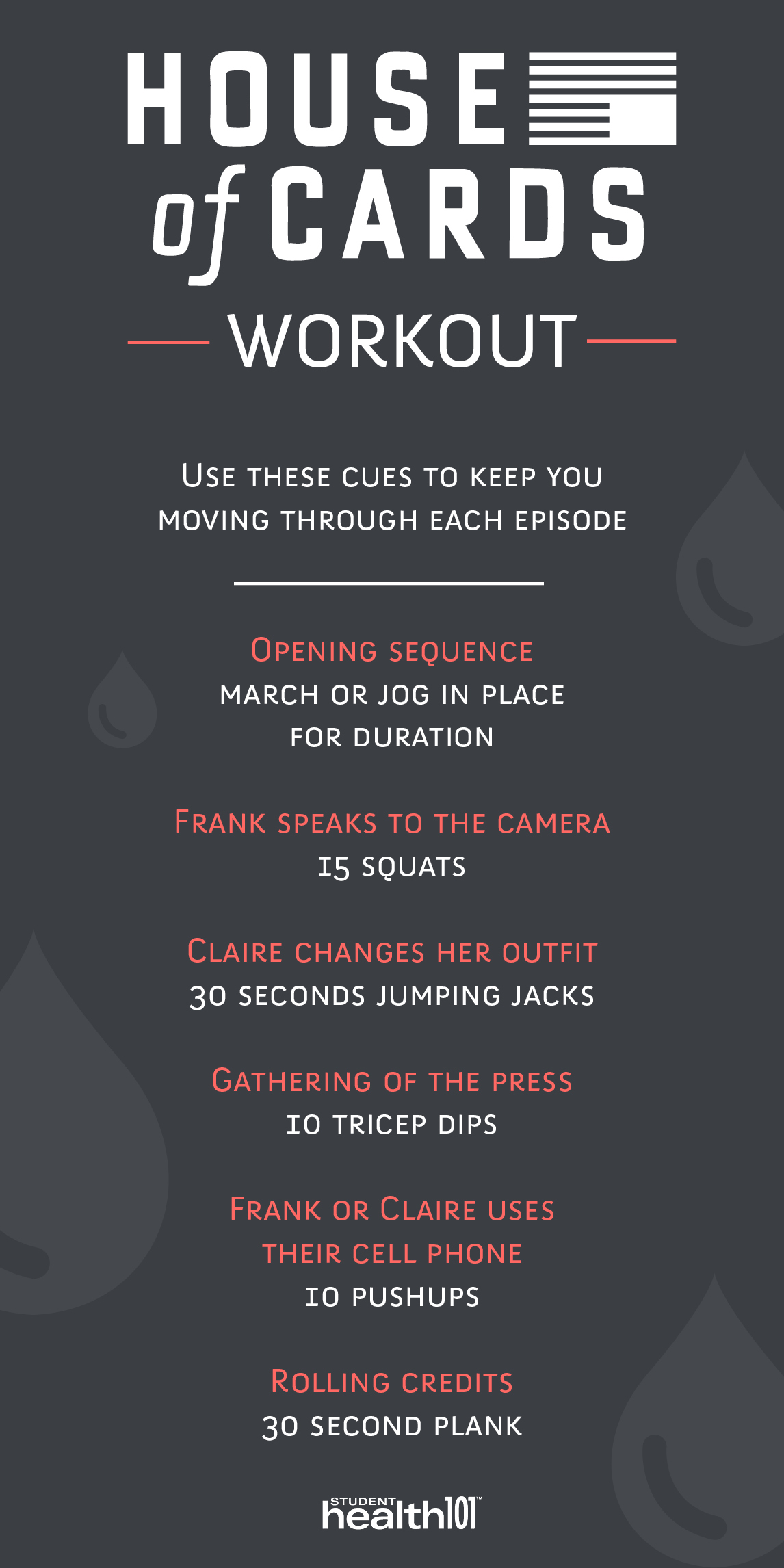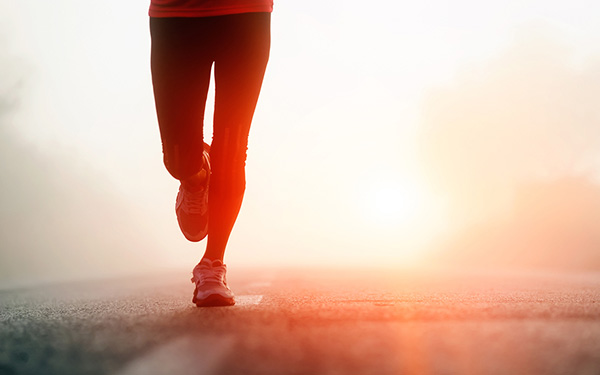A bit more fit
The power of tracking your steps
 |
Do you ever wonder why your sister is jogging in place while watching House of Cards? Do you have friends or family who talk about getting their steps in? Tracking your steps during the day using a wearable device or app is shockingly motivating.
We asked three students to track their activity over two weeks using the app Moves. Their first week was business as usual. Their second week was about incorporating more activity in whatever ways they wanted: walking extra blocks, taking the stairs, riding a bike, or hitting the gym. The goal was to see how simple changes in their routines added up and what that meant for their mood and behaviors.
“The extra steps are invigorating and give me a burst of much-needed energy during the work day.”
Gregory M., part-time student, Harvard Extension School, Massachusetts
Distance walked (week)
Active week: 51 mi
Typical week: 35 mi
Distance walked (daily avg)
Active week: 7 mi
Typical week: 5 mi
Number of steps (daily avg)
Active week: 14,043
Typical week: 10,054
Time being active (daily avg)
Active week: 2.5 hrs
Typical week: 2 hrs
Before
“I try to walk as much as possible because I have a hard time motivating myself to go for a run or do [formal] exercise. To be honest, I’ve always been kind of intimidated by gyms and fitness classes. I always take public transport to work in the morning because I can’t wake up early enough to walk. My goal for the active week is to walk either to or from work every day. At work, I’ll use the stairs instead of the elevator.”
How I felt “I’m kind of a nerd for visualizing data, so just seeing my activity stats has been really interesting. Some days, I was surprised at how much walking I ended up doing. Other days, I was dismayed to see that I had spent less than an hour being active.”
After
“One really simple change I made was to take the stairs at the office and in the subway, instead of the elevators or escalators. It doesn’t take a lot of effort to be more active. Even low-exertion activities, like walking, can really improve your mood. This has benefits that carry over to your studies and work.”
How I felt “I definitely have a lot more motivation to get in better shape. Starting was the hardest part, but now I feel like I have the energy I need to be more active.”

“I’m more comfortable in my own skin.”
Kathryn M., graduate student, Texas A&M University—Corpus Christi
Distance walked (week)
Active week: 17 mi
Typical week: 28 mi
Distance walked (daily avg)
Active week: 2.5 mi
Typical week: 4 mi
Number of steps (daily avg)
Active week: 5,646
Typical week: 7,192
Time being active (daily avg)
Active week: 1.2 hrs
Typical week: 1 hr
Before
“I used to exercise to feel strong and healthy. In the last several months, however, I’ve exercised to prevent weight gain from stress, which is incredibly hard. The motivation [for this experiment] is to not only inform others that they’re not alone, but also to get back on track in terms of being a truly happy person. I’ve saved up the money for a bicycle to ride to my campus, which is about two miles away.”
How I felt “I walk regularly across campus. What was surprising was the number of steps a person takes while exercising. I bought a bicycle this week. I’m hoping I will find the motivation to ride to school and back each day.”
After
“I’m more comfortable in my own skin. My motivation to get my work done has increased, so I am able to enjoy the great outdoors! I actually biked 24 miles to and from campus this week. I used to compare myself to others, but this experiment has brought me to the realization that I should embrace imperfections, focus on myself and personal goals, and take in every positive experience.”
How I felt “I’ve been in a much better mood. I’m more motivated to exercise, enjoy afternoon walks or breaks outside, and make more of an effort to get the most out of each day.”
“Seeing my activity in this format makes personal fitness a fun competition with myself.”
Darius A., graduate student, Johns Hopkins University, Maryland
Distance walked (week)
Active week: 25 mi
Typical week: 19 mi
Distance walked (daily avg)
Active week: 3.5 mi
Typical week: 3 mi
Number of steps (daily avg)
Active week: 9,149
Typical week: 6,988
Time being active (daily avg)
Active week: 1.5 hrs
Typical week: 1 hr
Before
“Aside from lifting weights, I spend most of my time sitting at a desk or watching movies. I enjoy exercise but struggle to fit it into my week. I’m curious to see how making activity a more integral part of my life will change other aspects, such as academic performance and emotional health.”
How I felt “It was eye-opening to see that I could be physically active for as little as 54 minutes in an entire 24-hour period [because of my work schedule, yet still feel tired].”
After
“Now I wake up early to go on runs before starting the workday, and once I get into the office I feel more alert and energized. This translates into increased motivation. I would strongly recommend incorporating walks or runs into your daily life. In addition to the physical health benefits, taking time away from work or studies to be active can serve as a reset for your mind.”
How I felt “I feel more focused after being physically active, which has boosted my overall productivity and my mood.”







